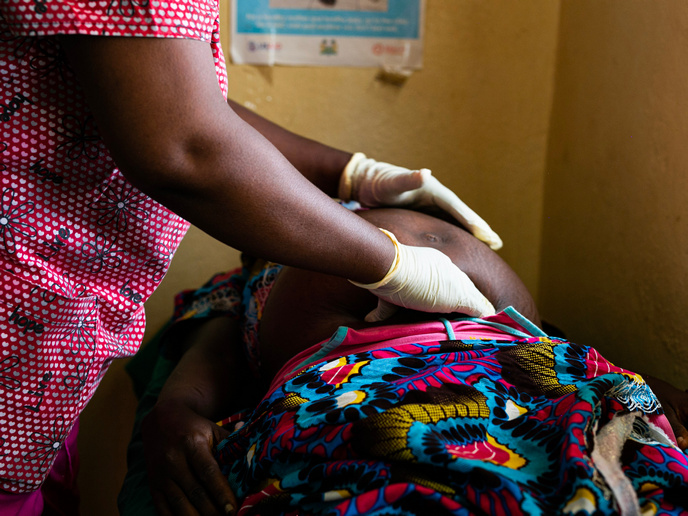Pregnant women as malaria monitors
With malaria remaining a global health threat, disease surveillance stands as one of the key pillars for control and elimination. However, current surveillance approaches encounter several limitations that pose challenges in addressing the spread of this disease. Traditional methods – such as continuous monitoring of malaria cases in health facilities – are constrained by factors such as underreporting due to individuals not seeking healthcare, and asymptomatic infections that go undetected. Similarly, cross-sectional household surveys offer valuable insights into malaria prevalence, but their logistic complexity and high costs restrict their frequency to once a year at most, limiting the ability for continuous temporal monitoring.
Malaria testing during antenatal visits
Undertaken with the support of the Marie Skłodowska-Curie Actions (MSCA) programme, the PregMal project proposed a novel approach for malaria surveillance utilising antenatal care visits of pregnant women. As principal investigator Alfredo Mayor explains: “Routine testing of pregnant women for reasons unrelated to malaria provides a good representation of disease prevalence in the community, accounting as well for asymptomatic infections.” Exploiting available data from southern Mozambique collected between 2016 and 2019, the project used machine-learning tools to analyse genetic markers of the malaria-causing agent Plasmodium falciparum. This enabled the team to determine the geographical distribution of different parasite populations, shedding light on how the parasite evolves and spreads across various regions. Additionally, inspired by existing tools from cosmology, the MSCA research fellow Arnau Pujol developed a novel algorithm called EpiFRIenDs to detect malaria hotspots and outbreaks. “Routine testing at antenatal care visits is already conducted for other diseases, so integrating malaria testing would be logistically simple and cost-effective,” highlights Mayor.
Pregnant women as sentinels for malaria prevalence
The findings of the PregMal project underscored the potential of pregnant women as sentinels for malaria surveillance. Testing for Plasmodium falciparum infections during initial antenatal care visits emerged as a reliable method to discern spatial and temporal trends in malaria transmission within the community. Remarkably, pregnant women demonstrated consistency in mirroring the malaria burden in the general population, irrespective of parity or HIV status. Genetic diversity levels of the parasite observed in pregnant women also echoed those found in the broader population. However, the project revealed sensitivity issues with diagnostic tests, particularly in areas with moderate to high malaria transmission rates. Furthermore, there was a notable 3-month delay between malaria trends observed in pregnant women and reported cases at health facilities. This was probably because the latter reflect recent infections while pregnant women reflect cumulative or older infections.
Implications for disease control
“Moving forward, we aim to leverage this new source of information to enhance malaria control and elimination efforts,” outlines Pujol. By integrating both epidemiological and genomic data, the team plans to assess the impact of current antimalarial interventions on reducing malaria transmission. They will also monitor the prevalence of genetic markers associated with drug resistance to different antimalarial treatments. The influence on malaria prevalence of other care-seeking behaviour and the use of bed nets will also be evaluated.
Keywords
PregMal, malaria, pregnant women, surveillance, antenatal care, Plasmodium falciparum, genetic diversity







